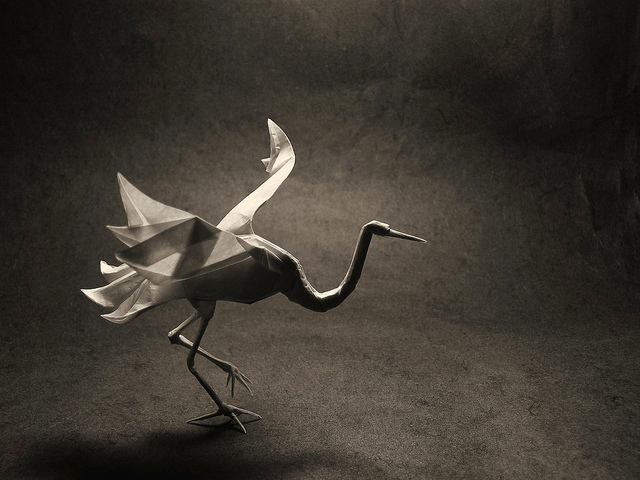Fact or Fable? Most body heat is lost through the head
Many people believe that you should keep your head covered during cold weather, as most body heat is lost through the head. It’s certainly true that any part of your body that’s exposed to cooler air will lose warmth; heat always moves from something warm to something cooler (that’s called the second law of thermodynamics). And our heads and faces are more sensitive to changes in temperature than other parts of the body.
History of South Africa – Written by Bruntville Primary School
The pupils of Bruntville Primary School have written a short article about the history of South Africa, and an explanation of Apartheid.
What Was Apartheid?
Apartheid was a system that existed in South Africa that separated people based on their ethnicity and skin colour. It became law after the National Party won the election in 1948. They declared many areas as only for white people, and discriminated against people of colour (POC).
Easy Origami To Make Beautiful Decorations
If you fancy being creative today and you want to attempt to make some beautiful decorations to place around your bedroom, then try origami! Origami is the Japanese art of folding paper, however, it did not begin in Japan; this art actually began in the 1st or 2nd century in China. The name, Origami, is actually Japanese; ‘oru’ means ‘to fold’ and ‘kami’ means ‘paper’.
Origami can potentially be very difficult, but there are plenty of easier designs for beginners. The great thing about origami is that you can make practically anything, so you will be able to find a design that you love.
If you have never tried origami before, then you should start with a few of the following simple, yet effective, designs that will really brighten up your room.
What is Juno?
There has been a lot of excitement about the Juno probe this week, but what is it and what is its mission?
What is Juno?
Juno is a spacecraft designed and operated by NASA, the US space agency. It was launched from Cape Canaveral on the 5th August 2011 and has taken almost 5 years to travel the 716 million kilometres to Jupiter, the largest planet in our solar system. Juno is 3.5 metres in height, and when its solar arrays are extended it’s more than 20 metres across. These arrays are covered in more than 18,500 solar cells, which allows Juno to operate even when it’s at such a great distance from the Sun.

(Image: NASA)
Why is it called Juno?
In Roman mythology Juno was the Queen of the gods. She was married to the king, Jupiter, who wasn’t always well-behaved. Juno had to peer through the clouds to discover what he was up to; the spacecraft is called Juno because it will be looking beneath the clouds that cover the surface of the planet Jupiter.
Aboard the Juno craft are 3 models of Lego minifigures: Jupiter, Juno and Galileo, who discovered in 1610 that Jupiter had moons.

From left to right: Galileo, Juno and Jupiter. (Image: NASA/JPL-Caltech/LEGO).
What is it looking for?
Jupiter is enormous; it’s two and a half times larger than all the other planets in our solar system combined. It’s made entirely of gases and is believed to have no solid surface. The planet rotates at an immense speed, completing one rotation every ten hours, and telescopes have shown us that it has a cloudy atmosphere with colourful spots and stripes. The largest of these, known as the Great Red Spot, is a storm that is several times the size of Earth and has been raging for more than 300 years.

Jupiter. The Great Red Spot is clearly visible. (Image: NASA).
This mission is the first time that humans will be able to glimpse what lies beneath Jupiter’s cloudy atmosphere. The main objective is to understand how the planet formed and evolved, which will give us more information about the formation of gas giants as well as the rest of the solar system. Juno will also measure the quantities of water and ammonia within the atmosphere, examine the magnetic field that surrounds the planet, observe any polar auroras and measure the gravity to see whether a solid core may exist after all.
For more information about the Juno mission you can watch this video from Nasa, and have a look at the Juno mission webpage.




